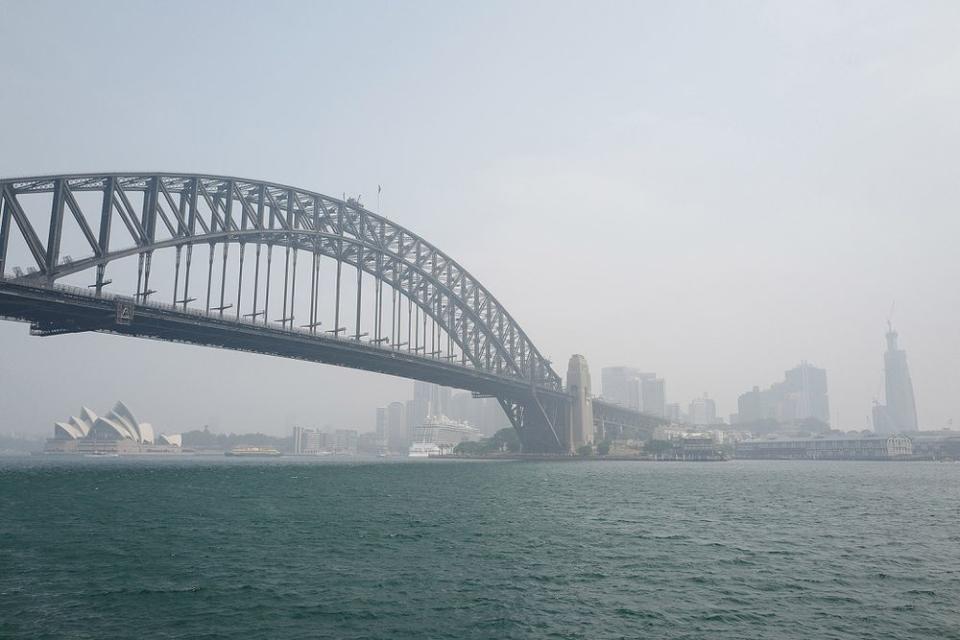Smoke from Australian Fires Will Go 'Full Circuit' Around the World and Return, NASA Says

The smoke from the fires in Australia will have an impact far beyond the country and its nearby areas.
According to a new report from NASA, the smoke from the devastating blazes is “having a dramatic impact on New Zealand, causing severe air quality issues” and has already “traveled halfway around Earth,” reaching across South America.
Because of the rate and strength at which the fires are burning and the amount of pollution entering the air, NASA scientists believe the heavy smoke will make “at least one full circuit around the globe” before returning to its origins in Australia.
Researchers from NASA said the smoke has led to an unusually large number of pyrocumulonimbus (pyrCbs) events, or fire-induced thunderstorms, to form in the skies.
These clouds, which act like thunderstorms but do not have precipitation, have formed due to the “searing heat combined with historic dryness” and the “uplift of ash, smoke, and burning material via super-heated updrafts,” according to the space agency.

RELATED: Aircrafts Drop Nearly 4,500 Lbs. of Food on Bushfire Ravaged Australia to Save Starving Animals
While carefully studying the pyroCb events, scientists have confirmed that the smoke is extending into the stratosphere “more than 10 miles (16 km) in altitude” before traveling “thousands of miles from its source” and “affecting atmospheric conditions globally.”
In order to make these conclusions, NASA’s team said they studied ultraviolet aerosol indexes, tracking the aerosols and smoke in the skies, as well as UV indexes, detecting smoke and dust over land surfaces.
A fleet of NASA satellites 🛰️ working together has been analyzing the aerosols and smoke from the massive fires burning in Australia.https://t.co/93geNvCBnU pic.twitter.com/ZedZ199lvJ
— NASA Goddard (@NASAGoddard) January 9, 2020
Colin Seftor, a research scientist at NASA Goddard, noted that while analyzing the satellite data, the aerosol index statistics were alarmingly high.
“The UV index has a characteristic that is particularly well suited for identifying and tracking smoke from pyroCb events: the higher the smoke plume, the larger the aerosol index value,” Seftor said. “Values over 10 are often associated with such events. The aerosol index values produced by some of the Australian pyroCb events have rivaled that largest values ever recorded.”

Since September, at least 27 people have been killed while a whopping 12 million acres have been wiped out, destroying thousands of homes and buildings in the process. A seven-day state of emergency was declared on Dec. 23.
The New South Wales Rural Fire Service confirmed on Monday that there were still 105 bush and grass fires burning across the region — 38 of which were not yet contained.
Around 1.25 billion animals, including mammals, birds, and reptiles, are estimated to have died due to the crisis, according to the World Wildlife Fund. Thousands more are believed to be injured and homeless.
For the brush-tailed rock wallabies, most of the 15 species in Australia are considered threatened and have disappeared, Australia’s Department of Environment and Energy website states. In New South Wales, they’re officially endangered.
Click here for more information on how to help those affected by the Australian fires.

